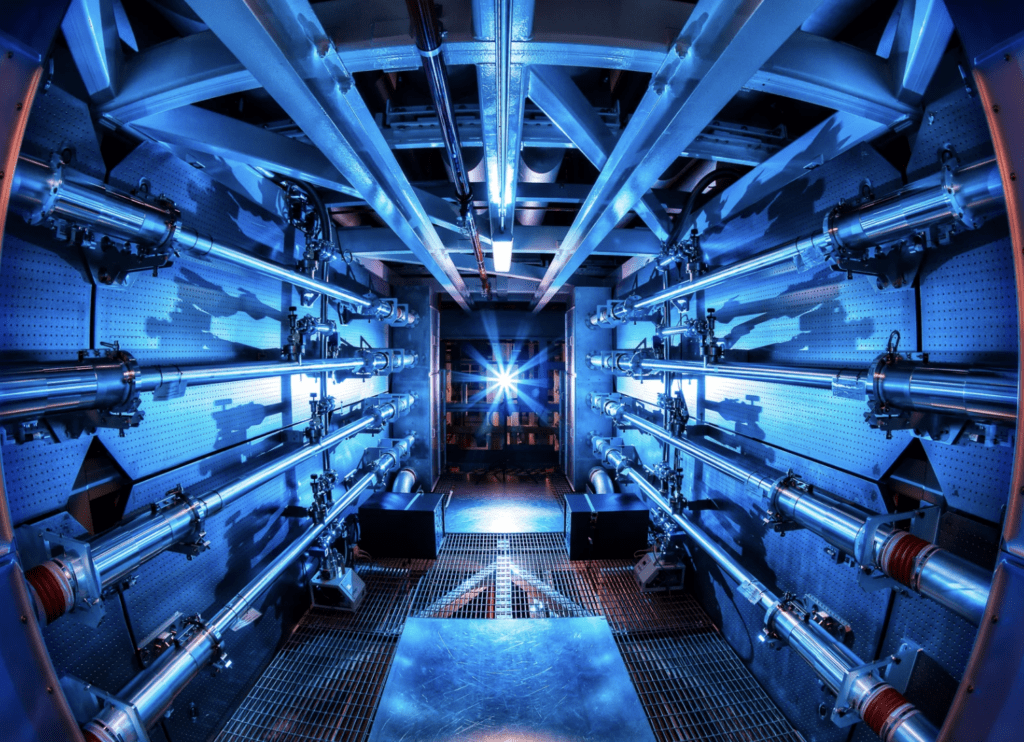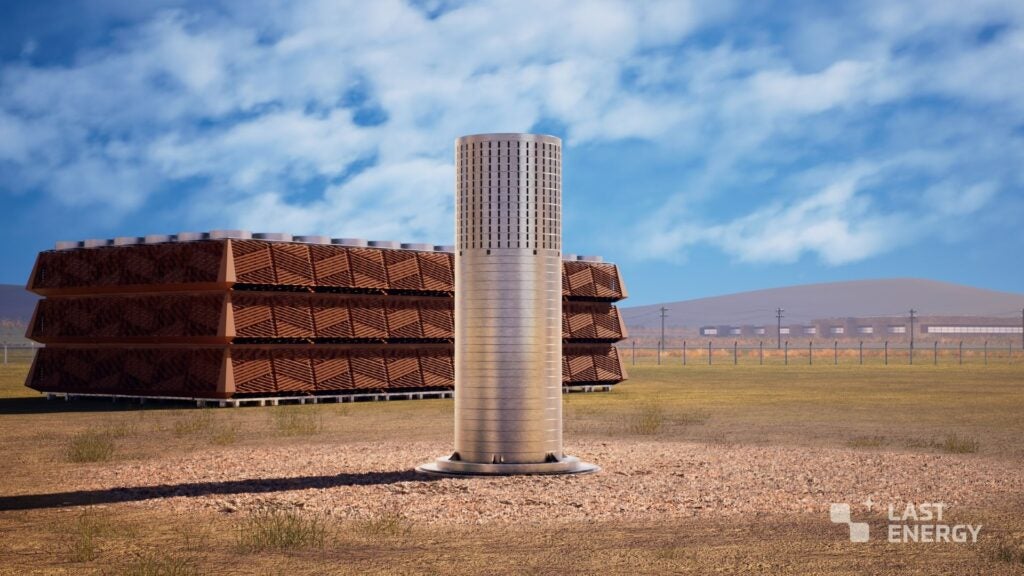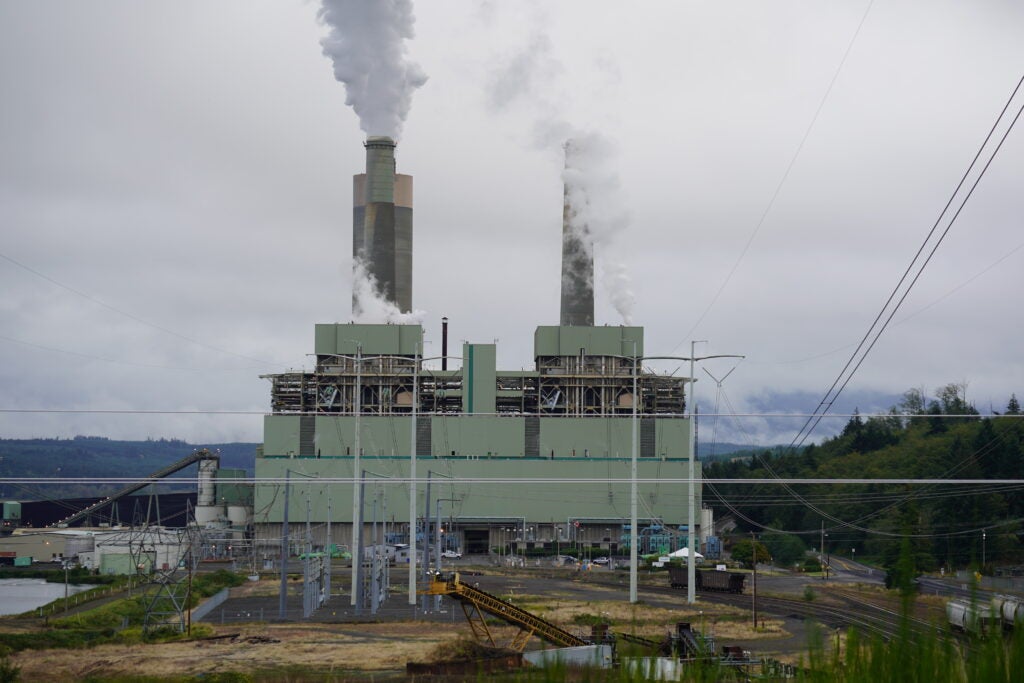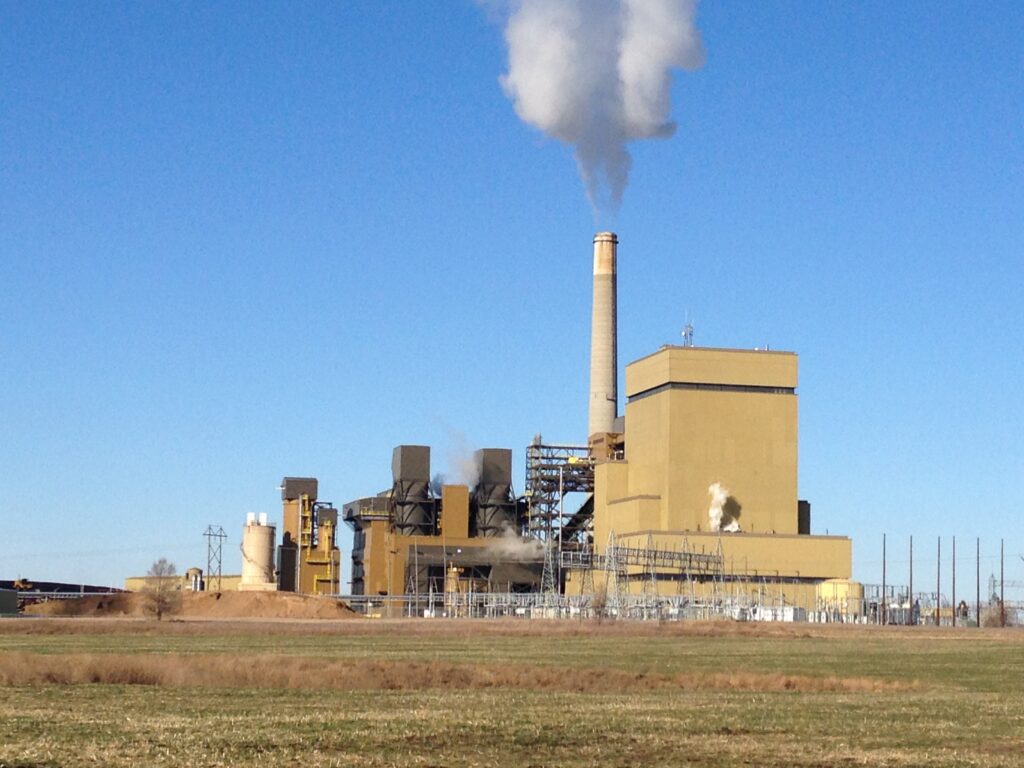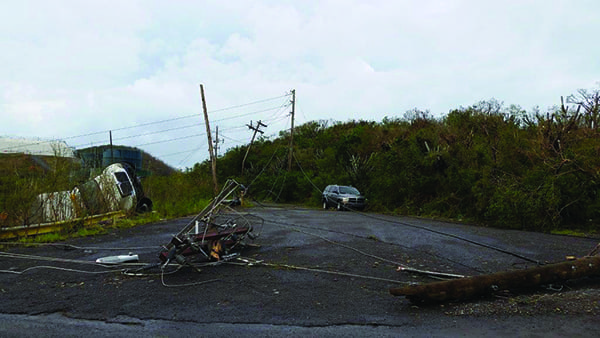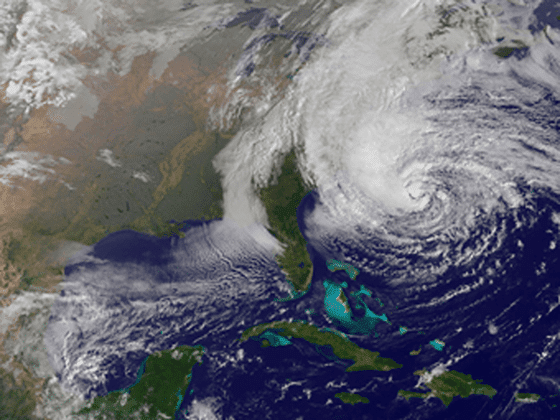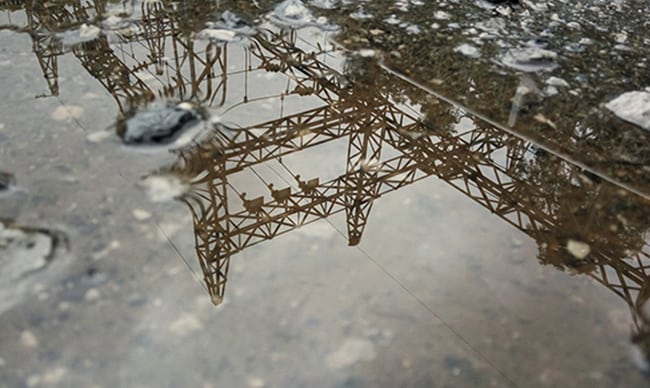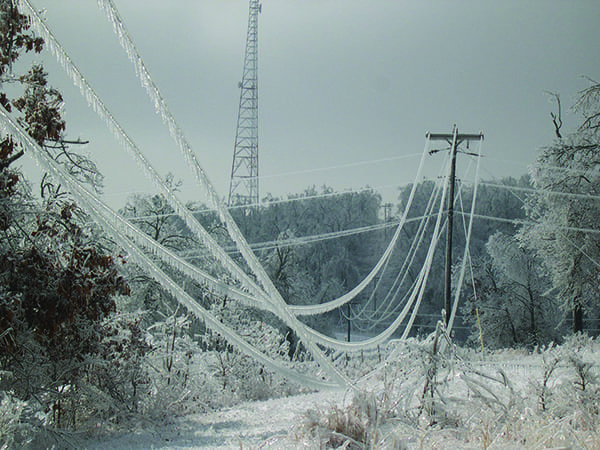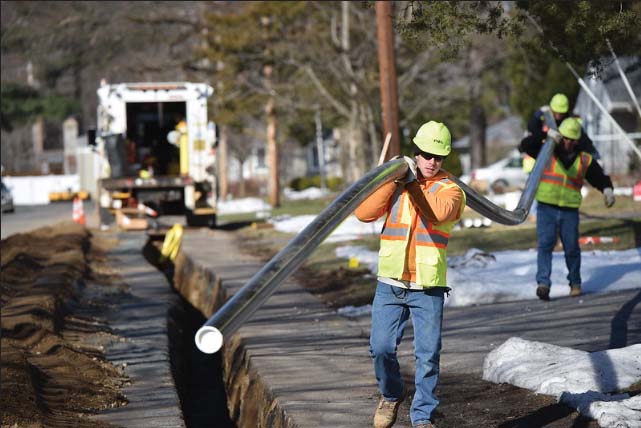Recently, two epic hurricanes—Harvey and Irma—struck North America with extremely destructive force. Harvey first made landfall in the U.S. near Rockport, Texas, about 30 miles northeast of Corpus Christi, as a Category 4 hurricane with sustained winds of 130 mph.
However, Harvey probably won’t be remembered specifically for its wind. What people will remember is that the storm’s center of circulation stalled over Texas and inundated the state with record rainfall. Harvey pummeled Texas for about 117 hours, with some communities receiving more than 50 inches of rain from the storm. The National Weather Service in Brownsville reported that more than 40 inches of rainfall were received over a 3,643-square-mile area, which happens to be larger than the state of Delaware.
While the remnants of Harvey continued to affect Louisiana, Mississippi, Alabama, Tennessee, North Carolina, and other states, Hurricane Irma was developing in the Atlantic. Its three consecutive days as a Category 5 hurricane—with sustained winds peaking at 185 mph—was a new record in the satellite era (since 1966) for longest continuous duration as a Cat 5. Irma decimated Barbuda, St. Martin, Anguilla, and other islands in its path, with some reporting 95% of homes and businesses damaged.
Irma lost some of its steam as it passed over Cuba before hitting the U.S. Nonetheless, the Department of Homeland Security estimated that at its peak about 15 million Floridians lost power as a result of the storm.
Disaster Response
Responding to natural disasters, such as these two hurricanes, can bring out the best in people. There are countless stories of emergency responders saving residents from life-threatening situations. Firefighters, police officers, and even regular citizens often risk their own lives to help complete strangers.
Power companies have their own version of emergency responders. In-house crews, line workers, and support personnel from companies affected by the storms are joined by mutual assistance crews from outside the area to restore power and get the grid back to, in many cases, a better-than-before-the-storm state.
The Edison Electric Institute (EEI), an association that represents all investor-owned electric companies, provides a lot of resources and information about the process. It explains on its website that restoring power in these types of situations is a complex task. Getting it done safely and efficiently requires significant logistical expertise, along with skilled line workers, and specialized equipment. That’s why electric companies turn to the industry’s mutual assistance network—a voluntary partnership of electric companies from across the country—to help speed power restoration.
Mutual assistance goes beyond simply supplying personnel. Resources and equipment including manned and unmanned aerial systems, high-water apparatus, and transformer parts are allocated and shared among electric companies to ensure all restoration and recovery needs are met.
Recovering from Storms
The first recovery step is to assess damage at power plants in the area and restore generation as soon as feasible. Obviously, workers at power plants don’t just lock the doors and go home when a storm hits. Power plants are staffed 24/7/365, and workers regularly respond to potential problems and remedy situations to keep units operating. If an emergency forces a plant offline, workers respond immediately to begin repair efforts. Nonetheless, repairs can take time and require outside resources.
In some cases, plants will shut down in advance of severe weather, such as a hurricane. Florida Power and Light Co.—operator of the Turkey Point and St. Lucie nuclear plants—closely monitored weather conditions and considered shutting down all four reactors (two at each plant) as Irma approached. In the end, only one unit was taken offline in a preparatory manner, because the storm’s path changed.
The U.S. Energy Information Administration reported that more than 10,000 MW of electric generating capacity experienced forced outages in Texas when Harvey was at its peak. Power plant outages were said to be “largely caused by rain or flooding affecting generator fuel supplies, outages of transmission infrastructure connecting generators to the grid, and personnel not being able to reach generating facilities.”
In conjunction with restoring generation, crews also repair transmission lines and substations that may have been affected by the storm. Power companies must prioritize power restoration: first getting facilities critical to public health and safety, such as hospitals, police and fire stations, water plants, and communications systems, back online; followed by large service areas; and finally individual homes.
EEI reported that more than 10,000 workers were part of the Harvey recovery effort including crews from at least 21 states, but that pales in comparison to the Irma response. EEI President Tom Kuhn said almost 60,000 workers from more than 250 investor-owned electric companies, public power utilities, and electric cooperatives—from across the U.S. and Canada—were supporting Irma restoration efforts.
“Responding to major events like Harvey [and Irma] requires significant coordination among many public and private sectors,” Kuhn said in a press release. “For example, there are interdependencies among the energy, communications, supply chain, transportation, and water and wastewater sectors. Strong industry-government coordination is critical.”
A Proud Team
Electricity is vital to modern life, and I think most power professionals get great satisfaction from “keeping the lights on” for customers. I know I did when I was a power plant worker. It truly is a noble cause.
Texans, Floridians, and any other state’s residents who may have lost power as a result of the recent hurricanes, can all rest assured that power professionals are working around the clock to return life to normal for them. When future catastrophes hit, such as snow or ice storms, tornados, wildfires, or any other disaster, workers will be out there tirelessly doing the same. ■
—Aaron Larson is POWER’s executive editor.


